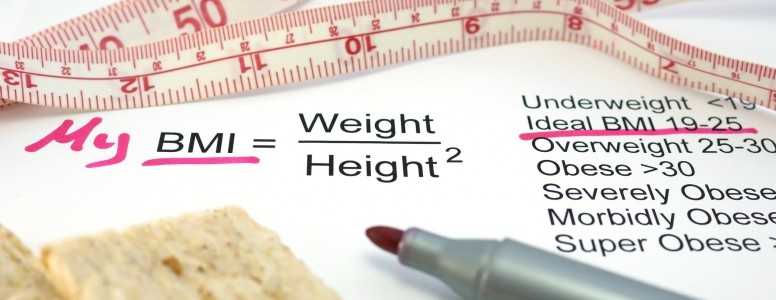German scientists have demonstrated how non-alcoholic fatty liver disease (NAFLD) may increase the risk of damage to other organs.
Having NAFLD is already known to increase the risk of type 2 diabetes, chronic liver diseases and cardiovascular diseases. Fatty deposits in the organ appear to affect secretions of liver, resulting in more glucose and unfavourable fats produced. However, it has been unclear which other organs are most affected by NAFLD and what damage this can cause.
To find a solution, scientists at the University of Tübingen explored the role of a protein called hepatokine fetuin-A. This protein is increasingly produced by fatty livers and then released into the bloodstream.
The researchers decided to analyse the effect fetuin-A had on pancreatic tissue. They found that treating pancreatic fat cells with fetuin-A led to increased inflammation and increased threat from immune cells. Additionally, a tissue sample analysis found defence cells of the immune system were significantly increased in areas where fat cells had accumulated.
To explore this effect further, they examined 200 people with an increased risk of type 2 diabetes and measured their pancreatic fat.
Those with less blood glucose control had increased pancreatic fat degeneratio, and patients with a combination of fatty liver and fatty degeneration in the pancreas experienced an immune reaction which triggered the acceleration of type 2 diabetes.
The researchers said it was the effect of the fetuin-A protein that led to “pathological changes”, including a restricting of kidney function. Whilst fat tissue is not harmful in some parts of the body, within the liver, fat tissue becomes dangerous and produces fetuin-A, which elicits inflammatory processes.
“The statement that obesity in itself always has a disease-causing effect is too imprecise,” said study author Professor Hans-Ulrich Häring. “Not until further parameters have been determined, such as fatty liver and hepatokine levels, as well as the elicited changes in other organs, can we obtain more exact indications as to whether a person has an increased disease risk or not.”
The findings have been published in the online journal Diabetologia.
What's new on the forum? ⭐️
Get our free newsletters
Stay up to date with the latest news, research and breakthroughs.






